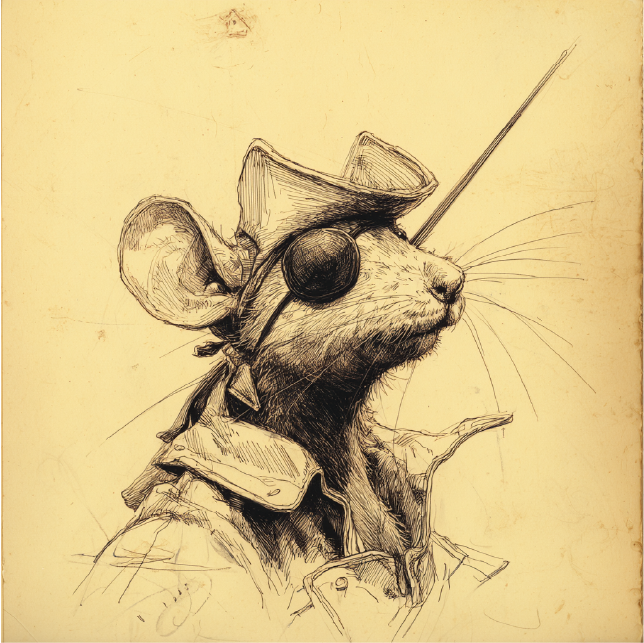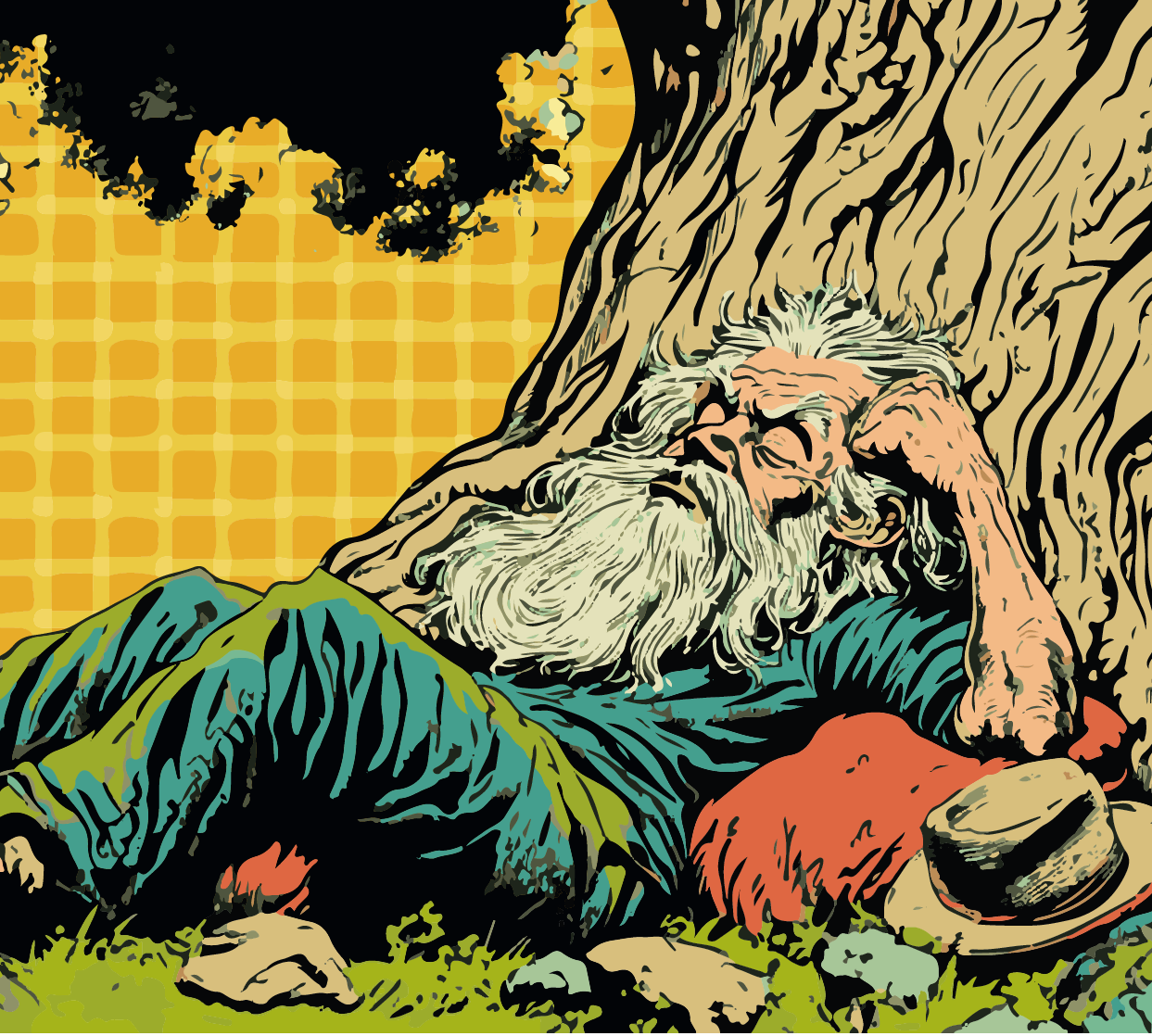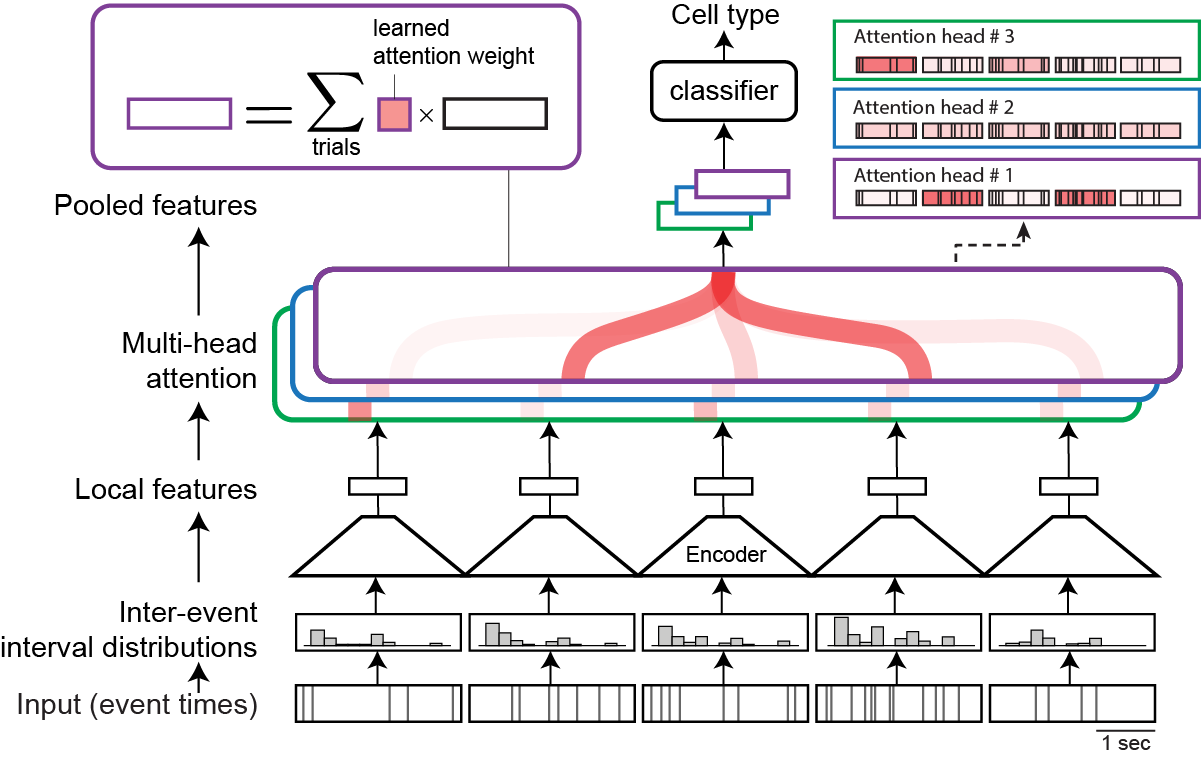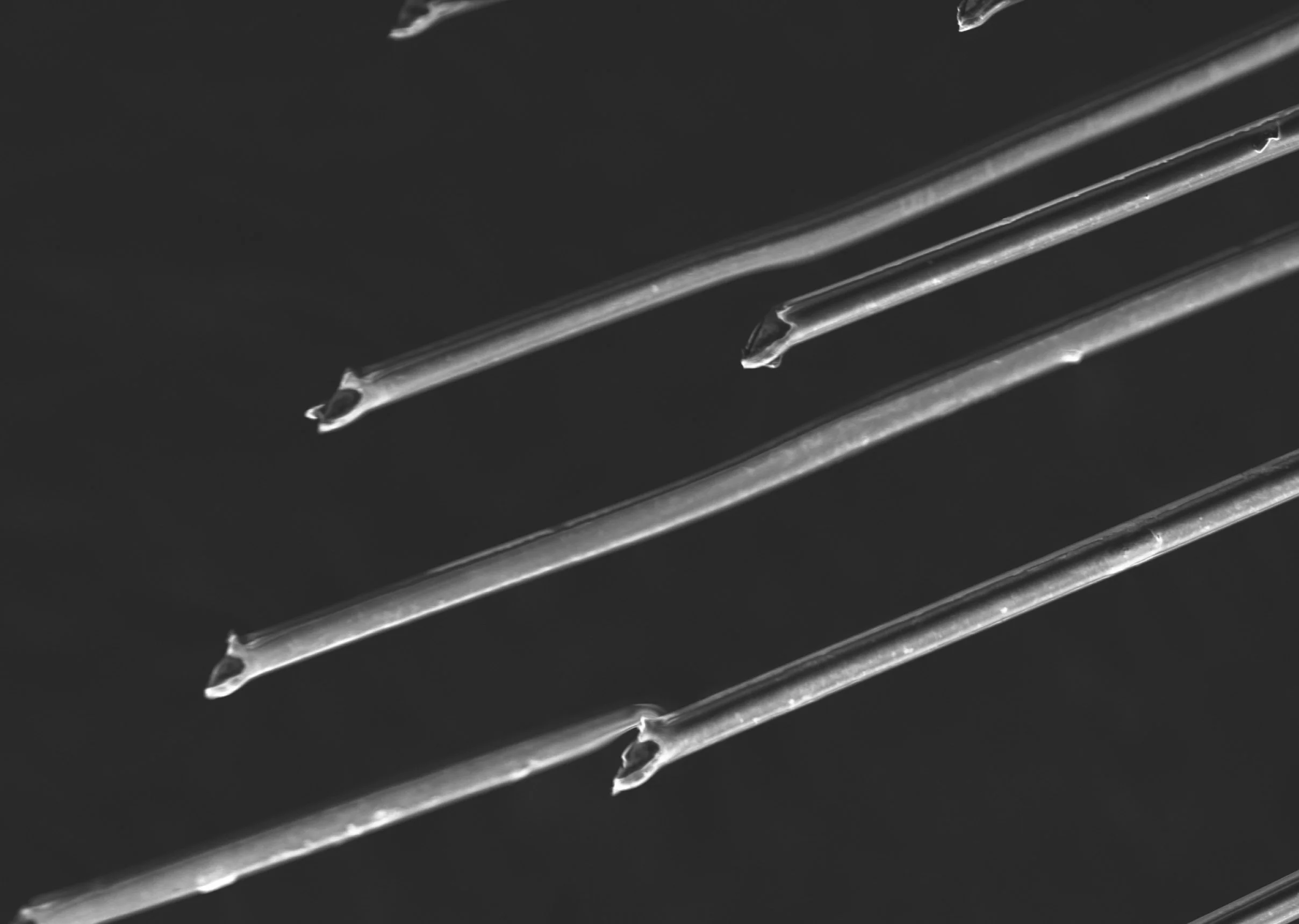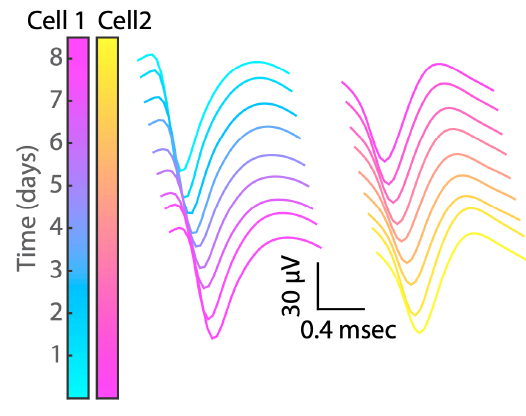Preconfigured neuronal firing sequences in human brain organoids
van der Molen T, Spaeth A, Chini M, Hernandez S, Kaurala GA, Schweiger HE, Duncan C, McKenna S, Geng J, Lim M, Bartram J, Gänswein T, Dendukuri A, Zhang Z, Gonzalez-Ferrer J, Bhaskaran-Nair K, Morson AL, Harder CRK, Petzold LR, Alam El Din DM, Laird J, Schenke M, Smirnova L, Colquitt BM, Mostajo-Radji MA, Hansma PK, Teodorescu M, Hierlemann A, Hengen KB, Hanganu-Opatz IL, Kosik KS, Sharf T (2025).
Description: Study of early neural network development using human cortical organoids, revealing fundamental patterns of spontaneous activity that model intrinsic brain states.







